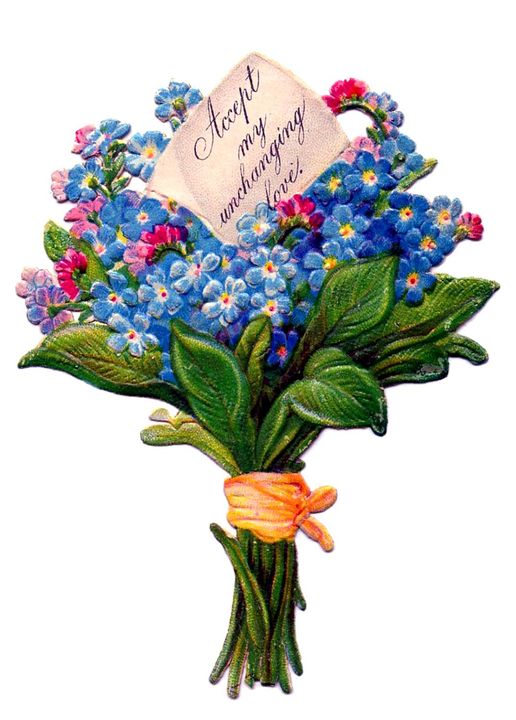We’re much more inclined to be open about our emotions today. Nevertheless, floriography can be a fun way to communicate with your Valentine. A quick search on the internet will produce a variety of floral ‘dictionaries’ for your perusal.
And don’t neglect our pollinator favorites! Blooms such as Aster (patience), Rudbeckia (justice), Echinacea (strength and health) or Coreopsis (always cheerful) would surely be flattering additions to your loved one’s Valentine bouquet.
Author: Lisa Schneider
Image: Graphics Fairy


 RSS Feed
RSS Feed